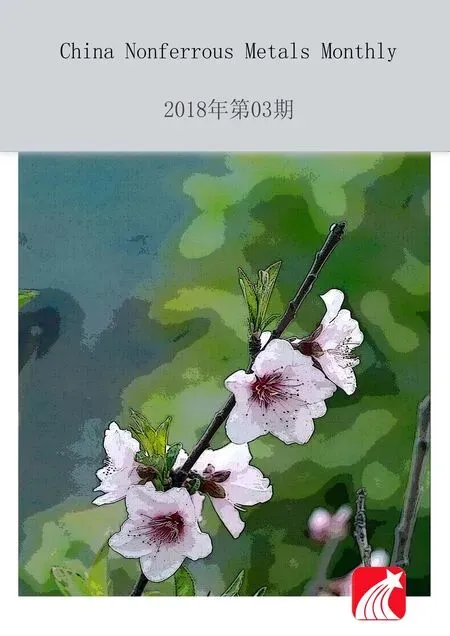A Number of Aluminum Enterprises Increase or Restore Production Thanks to Guangxi's Electricity Reform
A Number of Aluminum Enterprises Increase or Restore Production Thanks to Guangxi's Electricity Reform
According to a Guangxi Daily report on February 26, enterprises in Guangxi cut their electricity costs by RMB 24.40 million in the first half of 2017 at a price RMB 0.027 lower per kilowatt hour for directly-purchased electricity and cut their electricity costs by more than RMB 47.60 million in the second half of 2017 at a price RMB 0.133 lower per kilowatt hour for directly-purchased incremental electricity; they cut total electricity costs by RMB 71.96 million in 2017. In 2017, Guangxi Hechi Nanfang Non-Ferrous Metals Group substantially reduced electricity costs thanks to market-based electricity trading.
In order to reduce the electricity costs of Guangxi enterprises and stimulate their development, the Guangxi Electricity Trading Center ("Center") launched the direct trading campaign for large customers in 2014, since when the amount of electricity traded has been doubled for four consecutive years. In 2017, the Center organized 24 batches of market-based electricity trading in 11 key industries across the province, completing the trading of 37.9 billion kWh electricity and cutting electricity costs by RMB 2.18 billion for customers.
It's reported that in 2017, the Center organized 3 batches of listed trading of incremental electricity and 4 times of aluminum trading especially for Guangxi's traditional dominant industries, which reduced electricity costs by RMB 835 million for enterprises and facilitated production increase or restoration of 231 enterprises from resource-based industries especially the aluminum industry. For example, the Center facilitated a 3-year long-term agreement between Guangxi Baise Yinhai Aluminum Industry and Beihai Power Plant, which will help restore electricity production by 6.532 billion kWh and directly support the restoration of a 150,000-ton aluminum project that has been shut down for more than 3 years. Guangxi has thoroughly explored the maximum room for market-based electricity generation. In Guangxi, 100% of thermally-generated electricity and more than 2/3 of nuclear-generated electricity are traded on the open market. The opening up of Guangxi's electricity generation plan has reached a leading level in China. Meanwhile, Guangxi has made full use of the Center to actively promote full utilization of renewable energy. In 2017, the Center organized the trading of surplus water and electricity through listed trading and other initiatives, which completed the trading of 2.59 billion kWh electricity, and reduced electricity costs by RMB 410 million for industrial enterprises.
Guangxi's electricity reform has promoted production increase and restoration and given an impetus to the stable development of its real economy. According to statistics, thanks to Guangxi's market-based electricity trading, last year, 120 large industrial enterprises across the province recorded the highest capacity utilization rate in five years, promoting the growth of total provincial electricity consumption by nearly 4 percentage points, increasing the industrial output value by RMB 27 billion and benefiting non-ferrous metals, chemical, aluminum, iron and steel, iron alloy, and chemical fertilizer industries.
 China Nonferrous Metals Monthly2018年3期
China Nonferrous Metals Monthly2018年3期
- China Nonferrous Metals Monthly的其它文章
- Fixed Investment in Non-ferrous Metal Industry in 2017
- China’s Major Non-ferrous Metals Imports & Exports
- "CHALCO-made" New Energy Bus Makes Debut
- MIIT: To Supervise The Energy Conservation Work of Aluminum Enterprises
- “Health Report” On The Development and Utilization of China’s Important Mineral Resources Came Out
- The Prices of Titanium Ore and Titanium Oxide will Go Up while Those of Titanium Sponge and Fabricated Titanium Will Stay Flat For The Time Being
